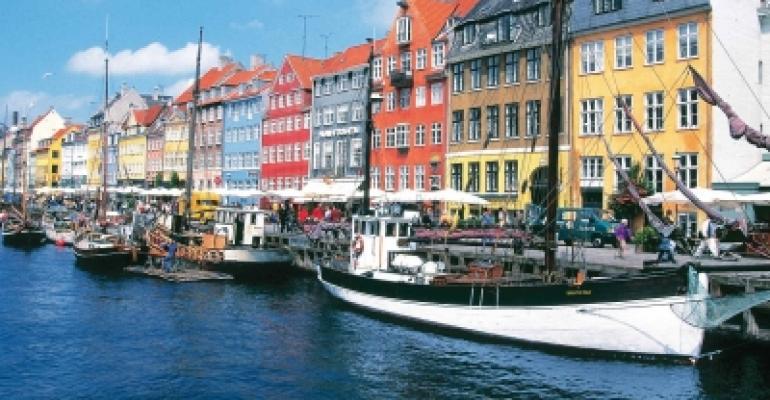The report, gathering data from 29 Cruise Baltic ports as well as the ports in St. Petersburg, Riga and Kiel shows an increase in the number of cruise guests of 7.3% in 2018. In total, the ports welcomed 5,424,943 cruise guests.
‘The development shows that the cooperation between the Cruise Baltic ports is an effective launch pad for growth, where we have a clear focus on developing the cruise destinations and creating high guest experiences,’ says Claus Bødker, Director of Cruise Baltic.
Last year was also the year when record numbers of cruise ships (+7.7%) berthed at one of the Baltic Sea ports.
Record set to be topped again in 2019
‘The prognosis for this year looks very promising. Last year, the Baltic ports could welcome no less than 5.4m cruise guests, and we expect to top the record this year, where we expect to welcome 5.8m,’ says Bødker.
With 868,000 cruise guests last year compared to 2017, Copenhagen was the busiest cruise port in the Baltic Sea region. For 2019, the prjections show a growth of 12.3%.
On second, third, fourth and fifth place of the most visited ports in the Baltic Sea, the report lists Rostock, St. Petersburg, Tallinn and Stockholm, respectively.
Port development overview
Bødker also announced Cruise Baltic has developed an innovative online platform called Port Development Overview that provides cruise lines with quick and easy access to information on Baltic Sea port infrastructure development projects.
‘The cruise ships have become substantially larger over the past ten years, which means that it is of crucial importance to the cruise lines whether the ports have followed the development and have the capacity to accommodate the large ships. We now give the cruise lines easy access to this information,’ remarked Bødker.
The Overview, due to be fully loaded on the Cruise Baltic website by the end of Seatrade Cruise Global will be continuously updated with new development projects, the benefits of the development, projects time frames etc added Bødker.
Copyright © 2024. All rights reserved. Seatrade, a trading name of Informa Markets (UK) Limited. Add Seatrade Cruise News to your Google News feed.


